TGF-β / Smad Signaling
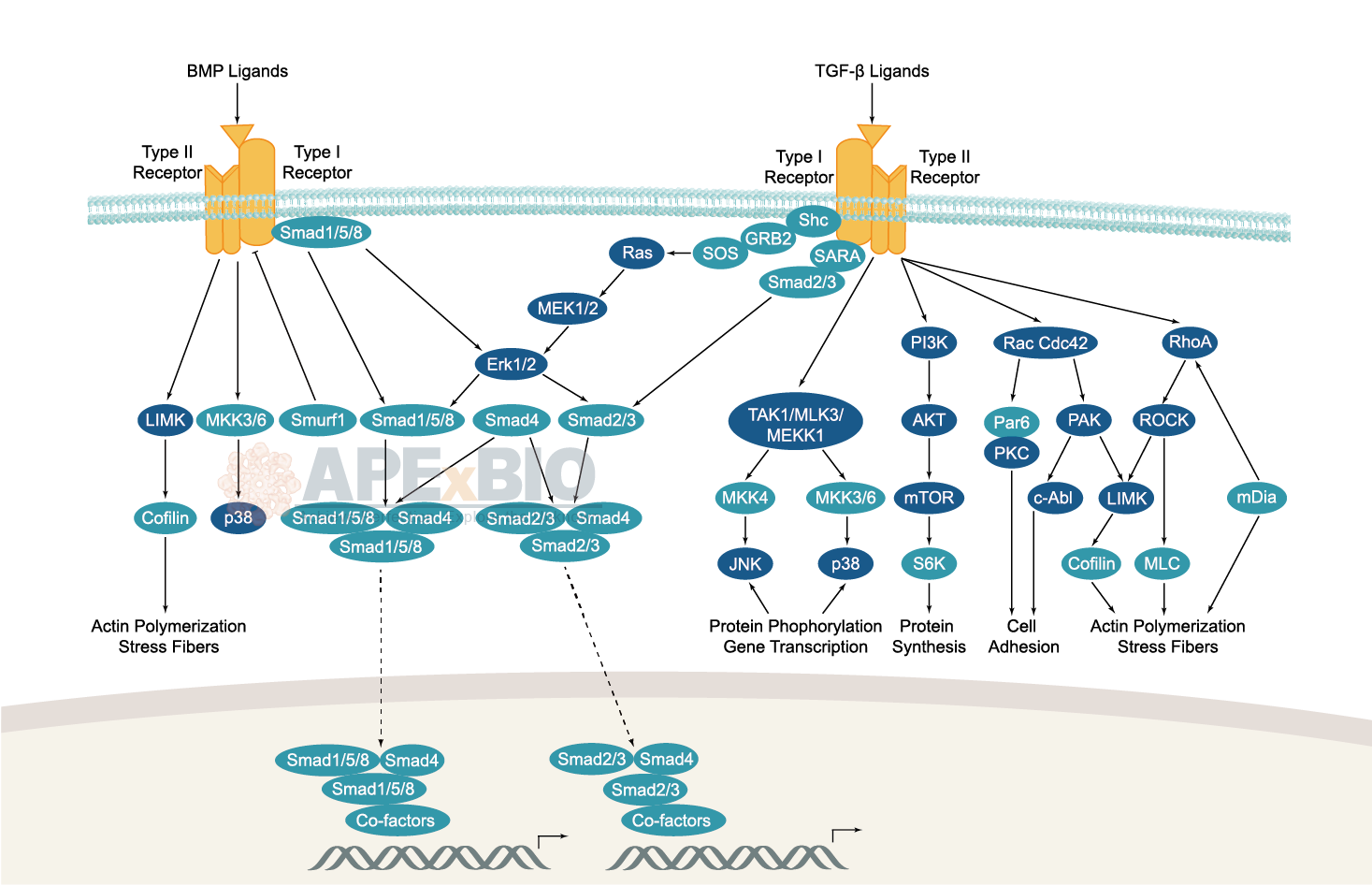
The TGF-β family is generally classified into two sub-families, TGF-β ligands, and bone morphogenic protein (BMP) ligands. In canonical signaling, receptor activation lead to phosphorylation of a group of transcription factors called Smads. TGF-β ligands bind to type II receptors (TGF-β II) which recruit and phosphorylate type I receptor (TGF-β I) on serine/threonine residues. The TGF-β I then recruits and phosphorylates a receptor regulated Smad (R-Smad). The R-Smad binds to the common Smad (Co-Smad) and forms a heterodimeric complex. This complex then translocates into the cell nucleus where it binds with nuclear co-factors to regulate the transcription of various target genes. Dysregulation of TGF-β/Smad signaling pathway is associated with a number of pathological conditions including fibrosis, cancer, immunodeficiency, diabetes and cardiovascular diseases etc.
-
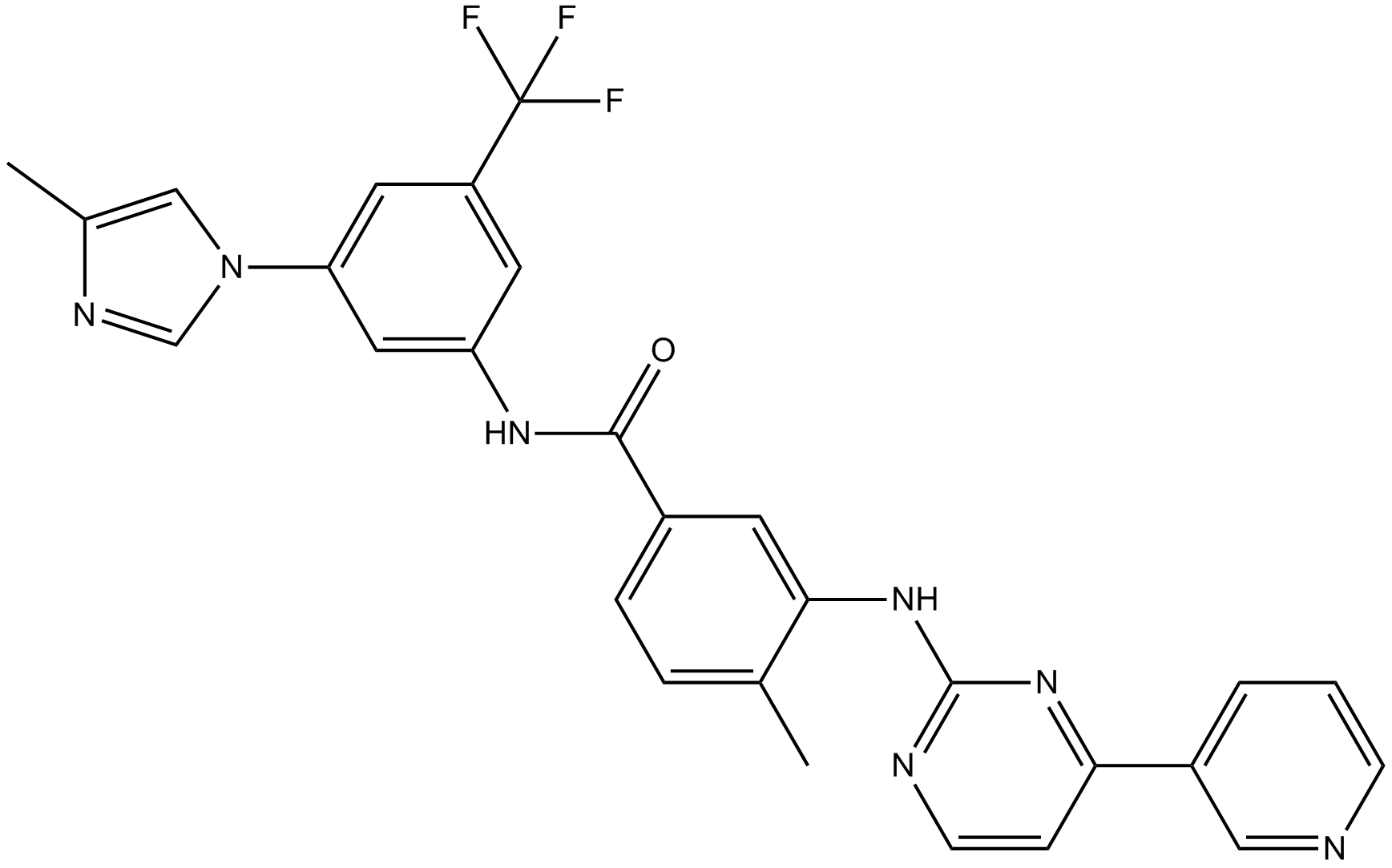 A8232 Nilotinib(AMN-107)1 CitationTarget: Bcr-AblSummary: Bcr-Abl kinase inhibitor,selective
A8232 Nilotinib(AMN-107)1 CitationTarget: Bcr-AblSummary: Bcr-Abl kinase inhibitor,selective -
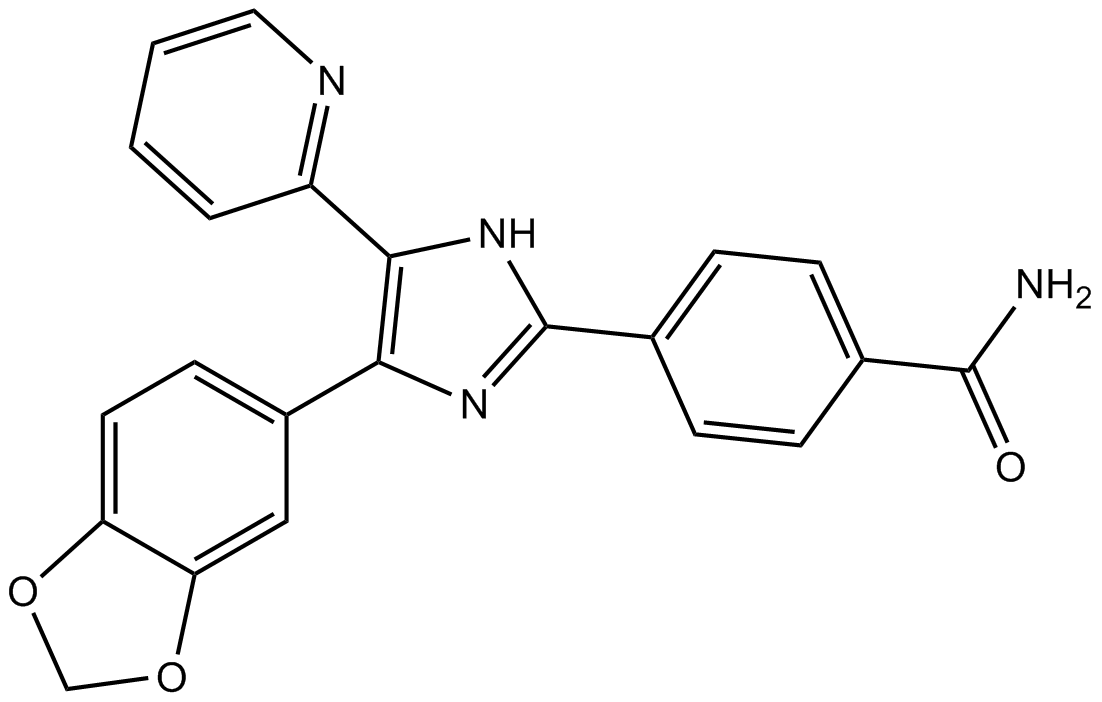 A8249 SB 4315422 CitationSummary: ALK inhibitor
A8249 SB 4315422 CitationSummary: ALK inhibitor -
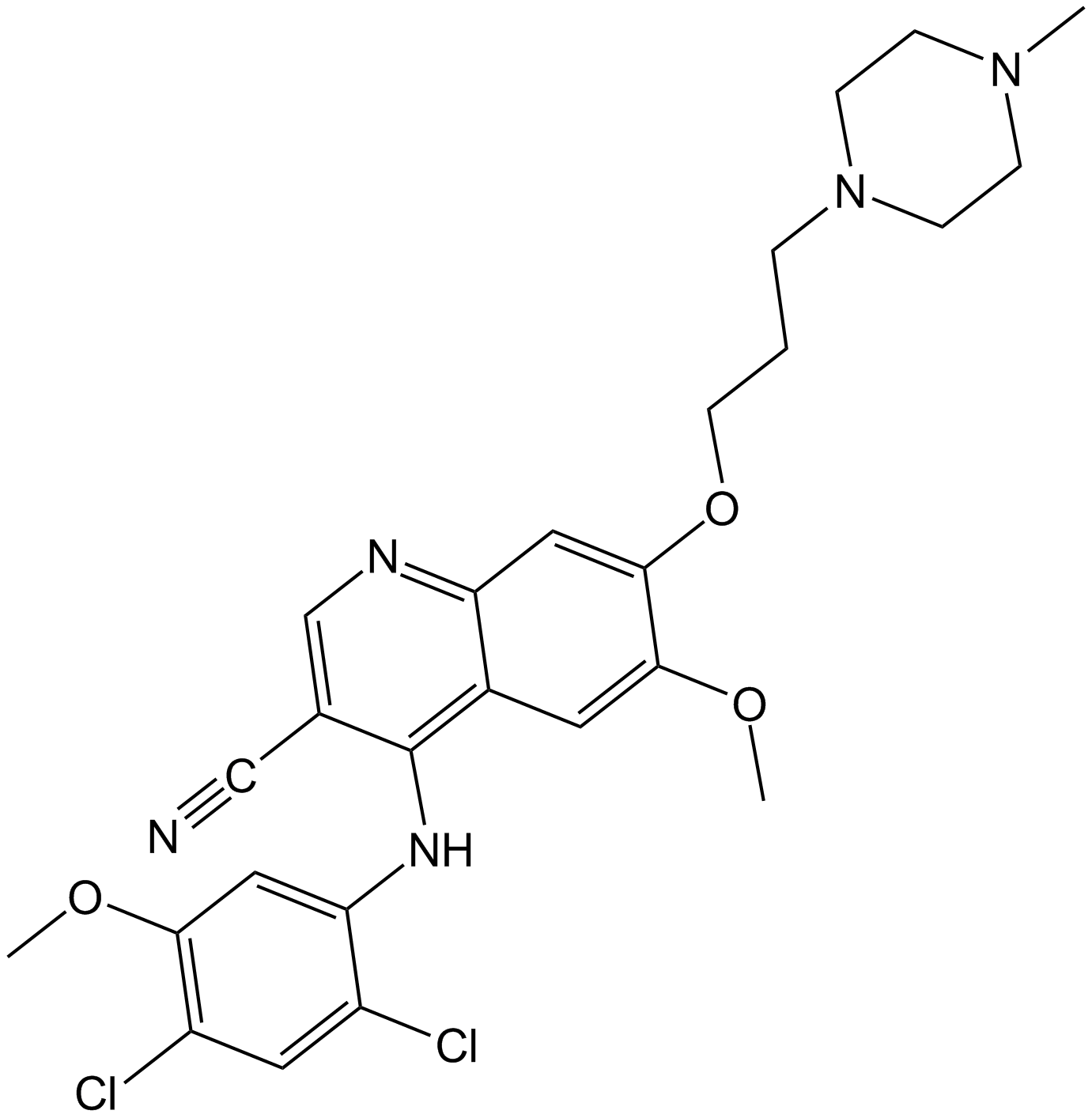 A2149 Bosutinib (SKI-606)1 CitationTarget: Bcr-Abl|SrcSummary: Potent Abl/Src kinases
A2149 Bosutinib (SKI-606)1 CitationTarget: Bcr-Abl|SrcSummary: Potent Abl/Src kinases -
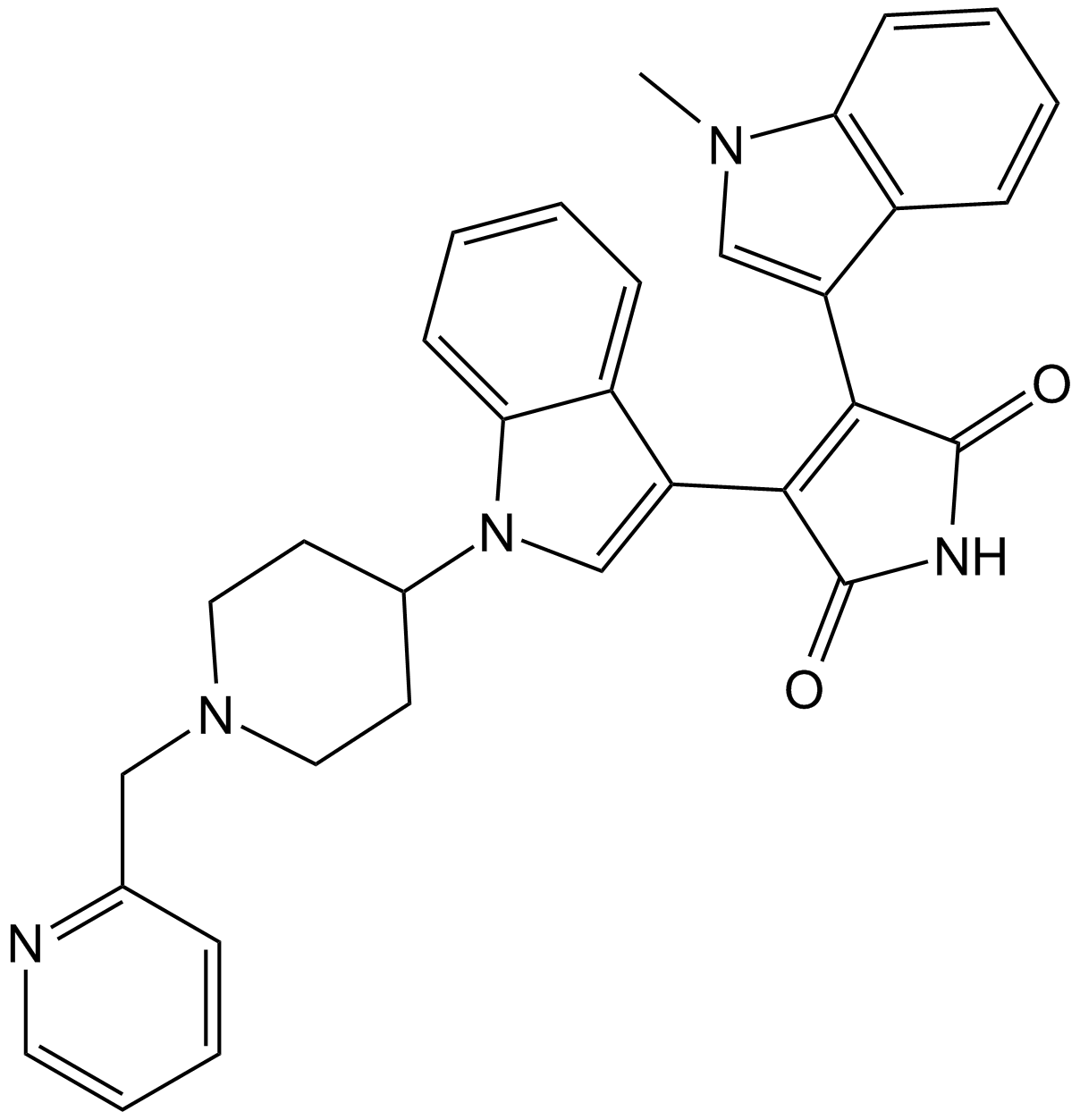 A1670 Enzastaurin (LY317615)2 CitationTarget: PKCSummary: PKC beta inhibitor,potent and selective
A1670 Enzastaurin (LY317615)2 CitationTarget: PKCSummary: PKC beta inhibitor,potent and selective -
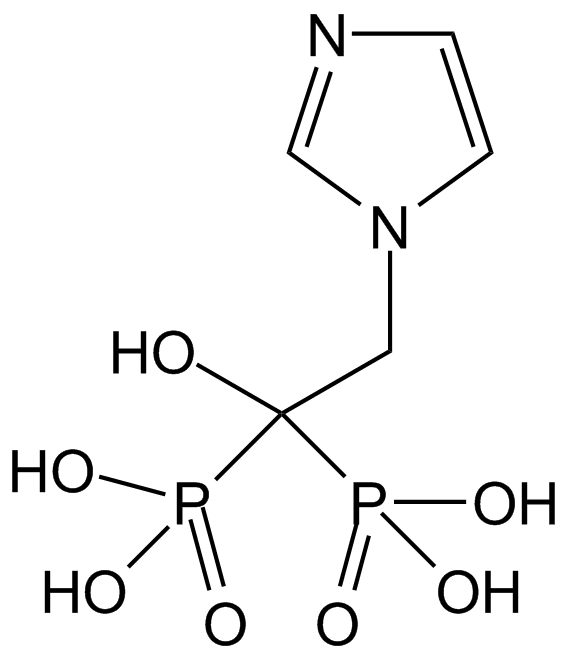 A1352 Zoledronic AcidTarget: Farnesyl Diphosphate SynthasesSummary: Potent nitrogen-containing bisphosphonates
A1352 Zoledronic AcidTarget: Farnesyl Diphosphate SynthasesSummary: Potent nitrogen-containing bisphosphonates -
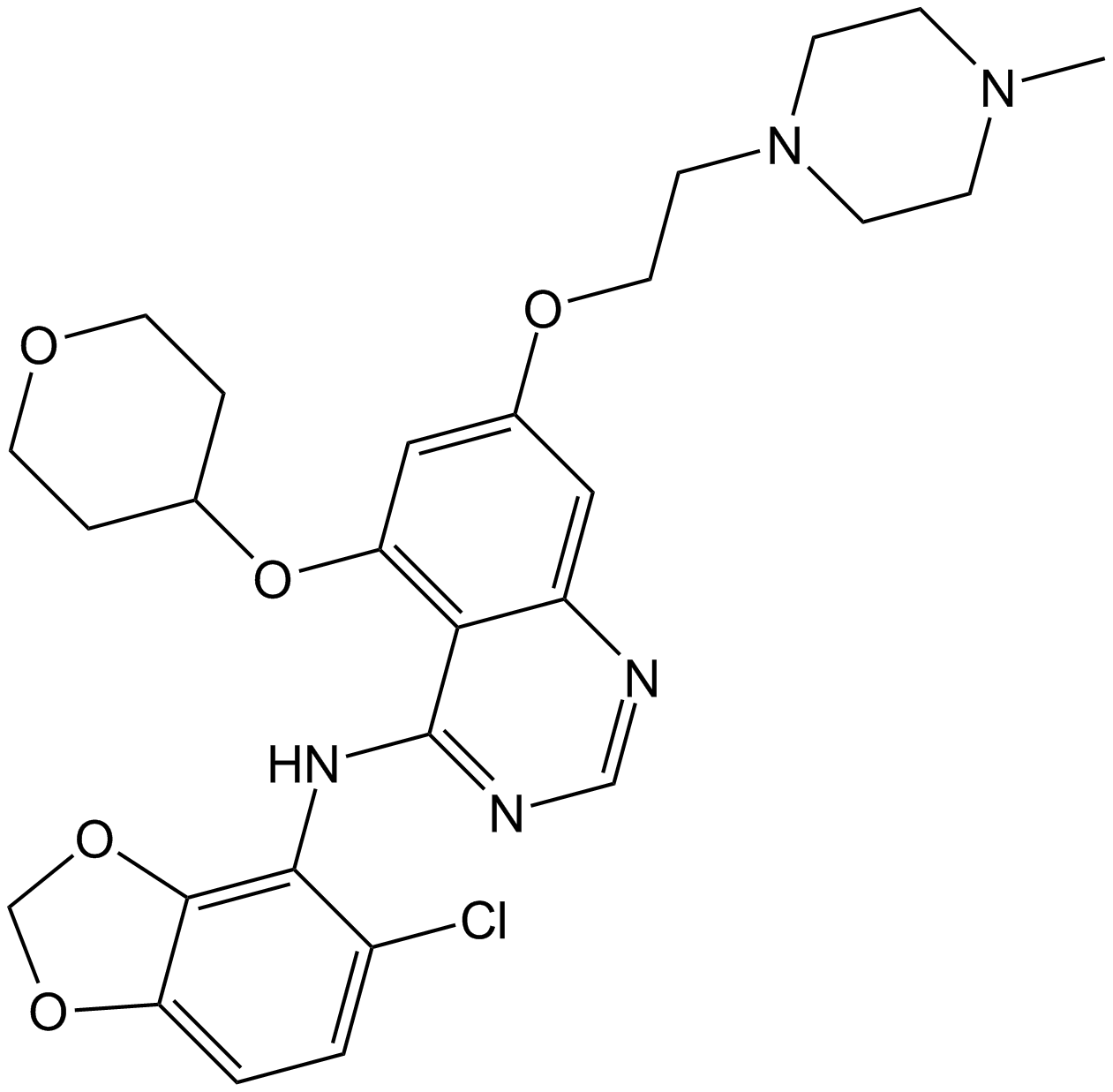 A2133 Saracatinib (AZD0530)3 CitationTarget: SrcSummary: Src/Abl inhibitor,potent and selective
A2133 Saracatinib (AZD0530)3 CitationTarget: SrcSummary: Src/Abl inhibitor,potent and selective -
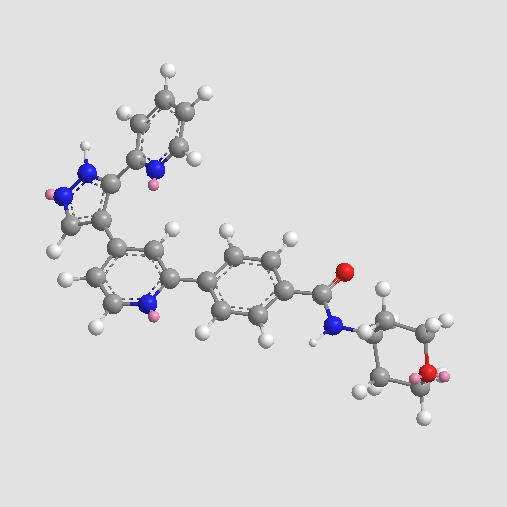 A8301 GW788388Summary: ALK5 inhibitor,potent and selective
A8301 GW788388Summary: ALK5 inhibitor,potent and selective -
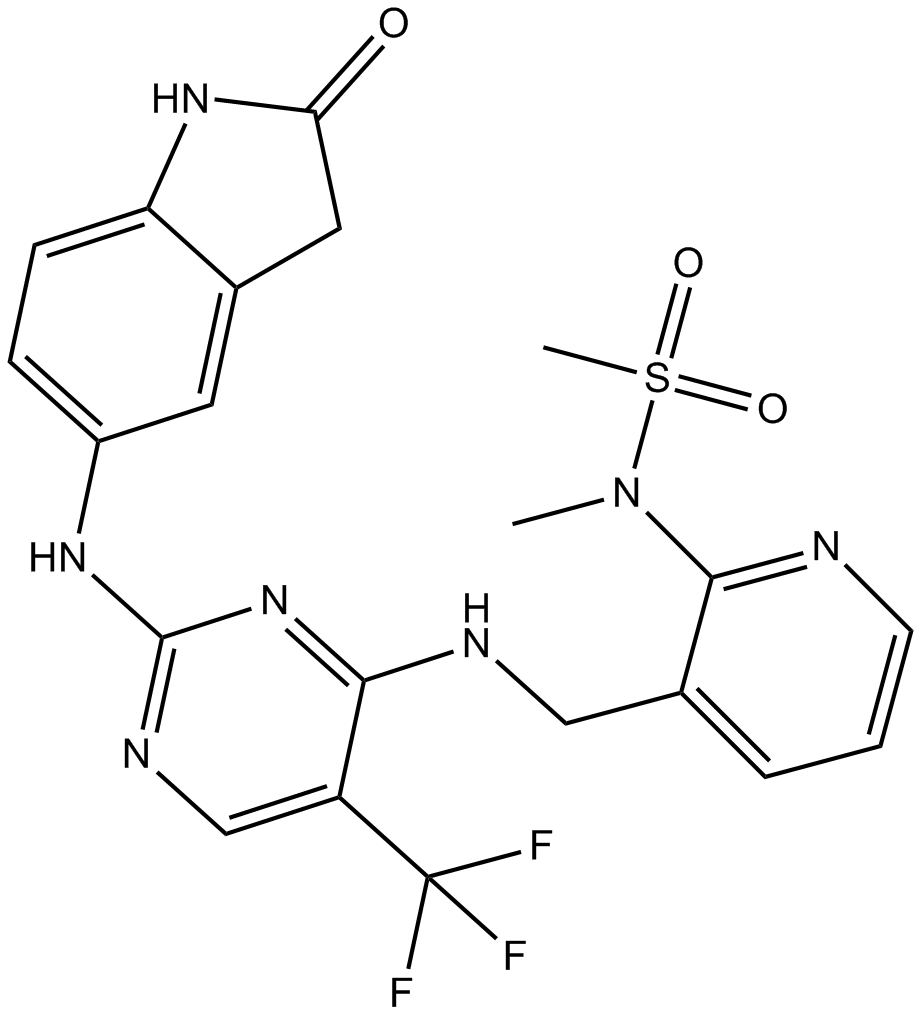 A8310 PF-5622711 CitationTarget: FAK|Pyk2Summary: ATP-competitive FAK inhibitor, reversible
A8310 PF-5622711 CitationTarget: FAK|Pyk2Summary: ATP-competitive FAK inhibitor, reversible -
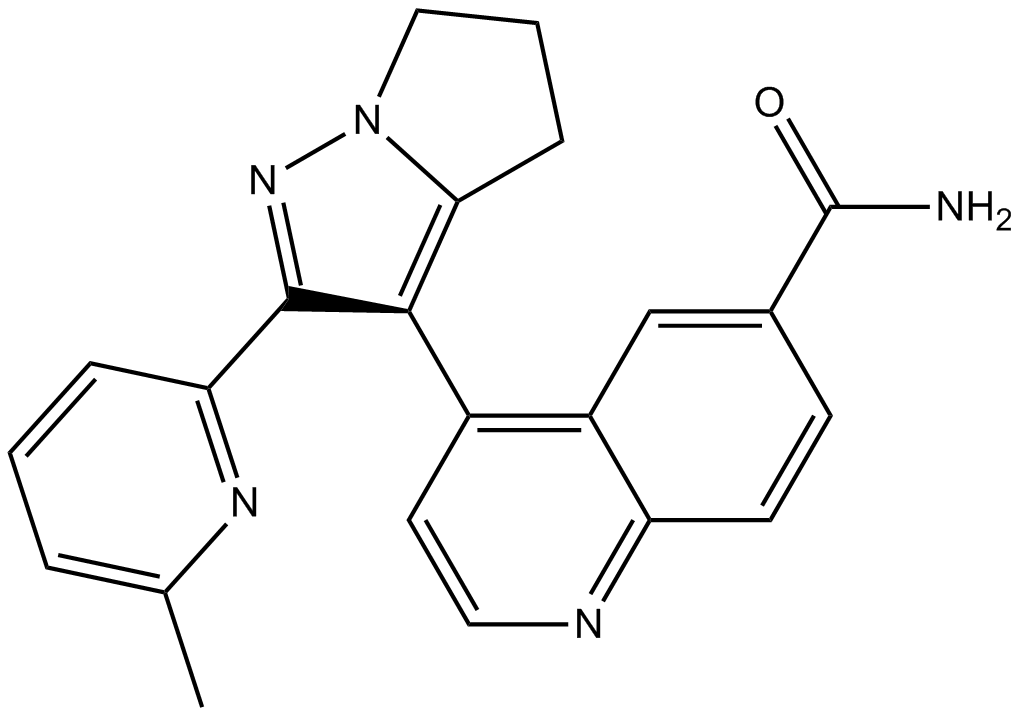 A8348 LY21572992 CitationSummary: TGF-βR1 inhibitor,potent and selective
A8348 LY21572992 CitationSummary: TGF-βR1 inhibitor,potent and selective -
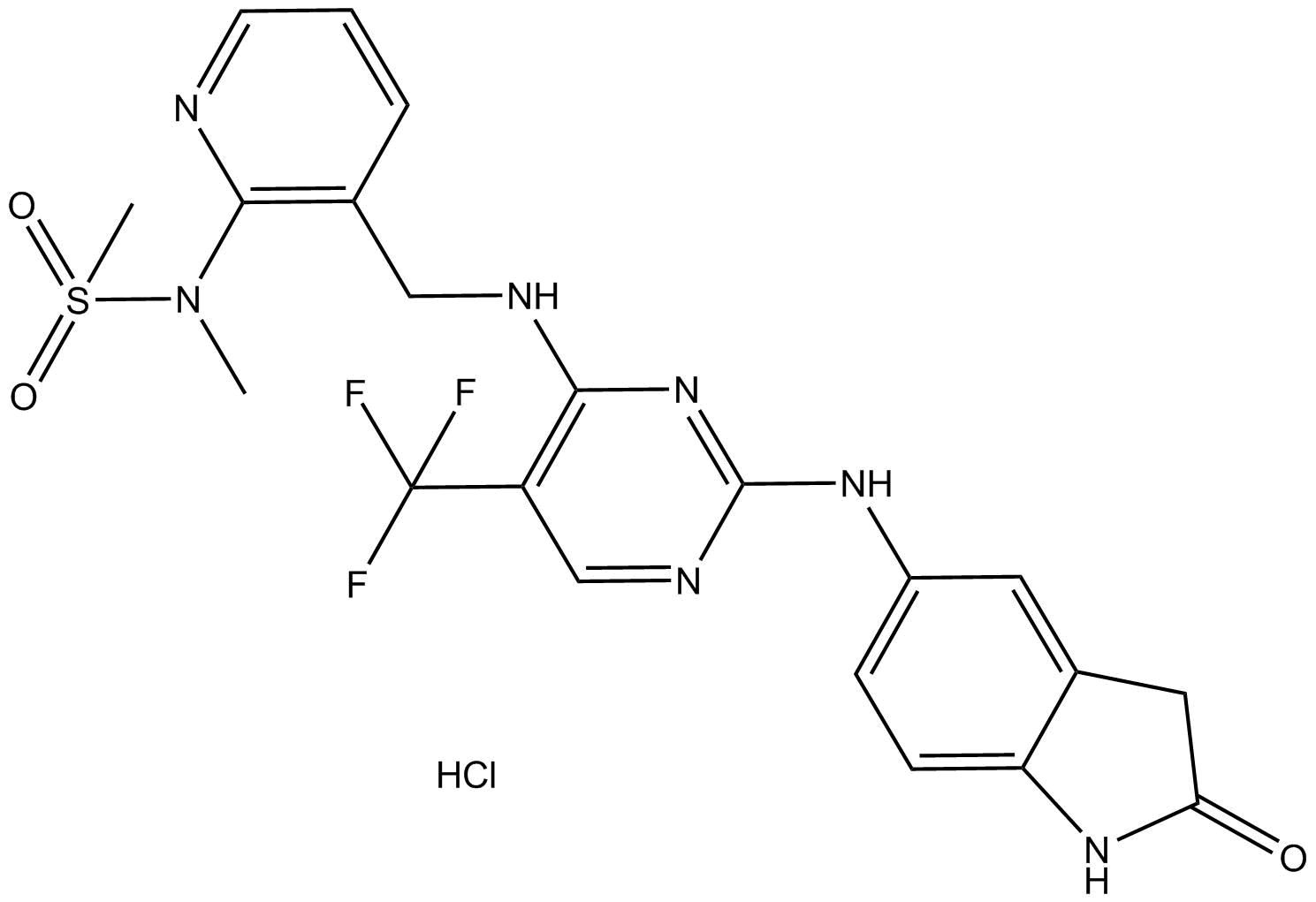 A8345 PF-562271 HClTarget: FAK|Pyk2Summary: FAK/Pyk2 inhibitor
A8345 PF-562271 HClTarget: FAK|Pyk2Summary: FAK/Pyk2 inhibitor

